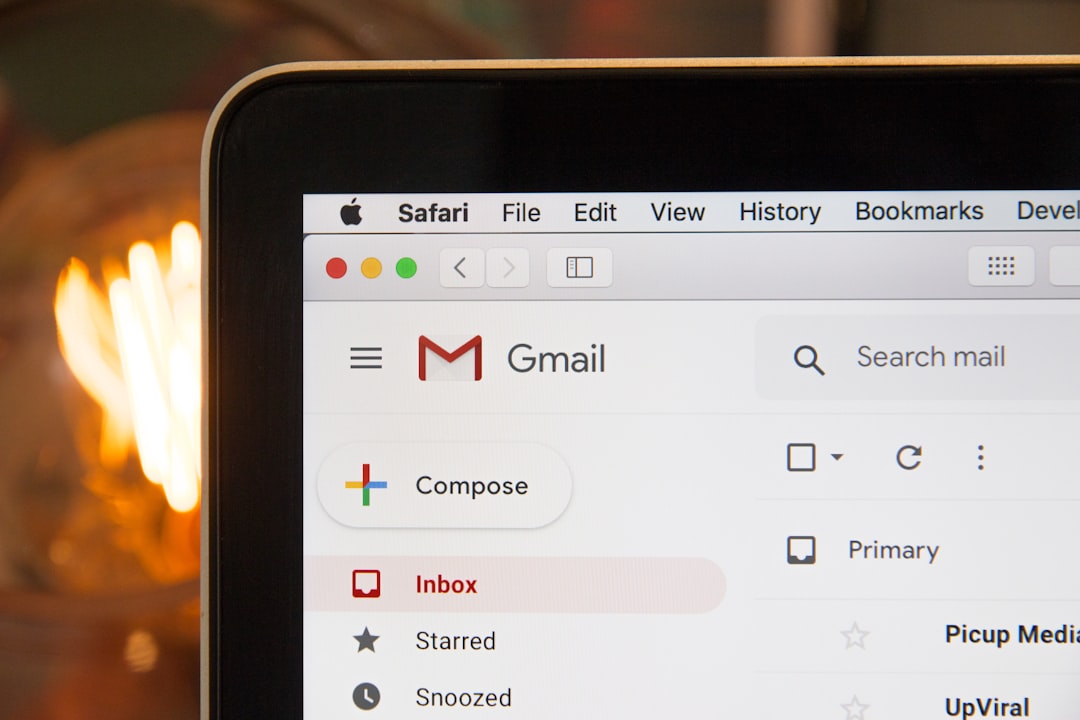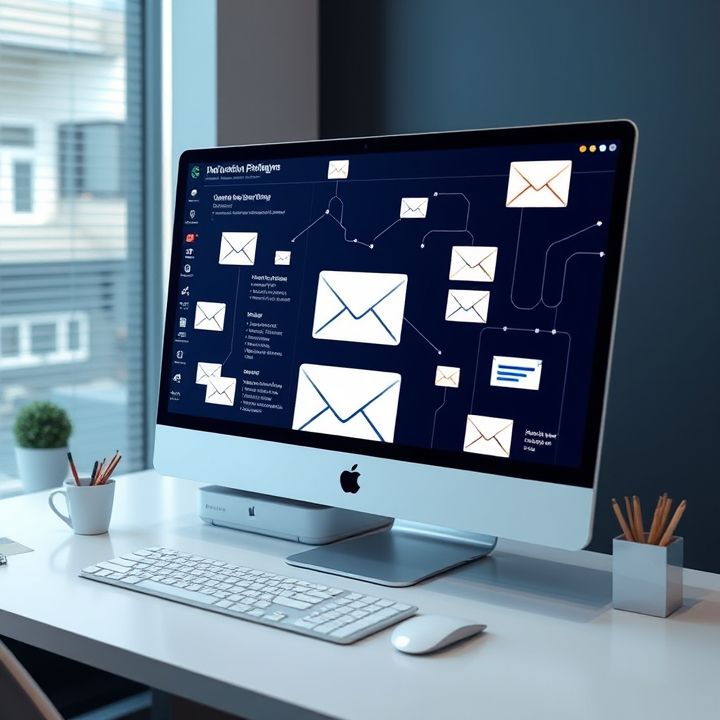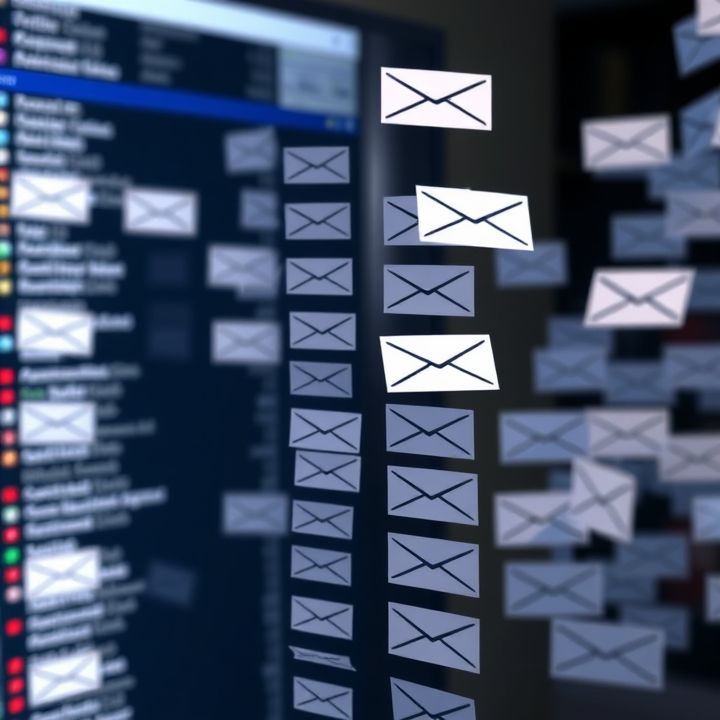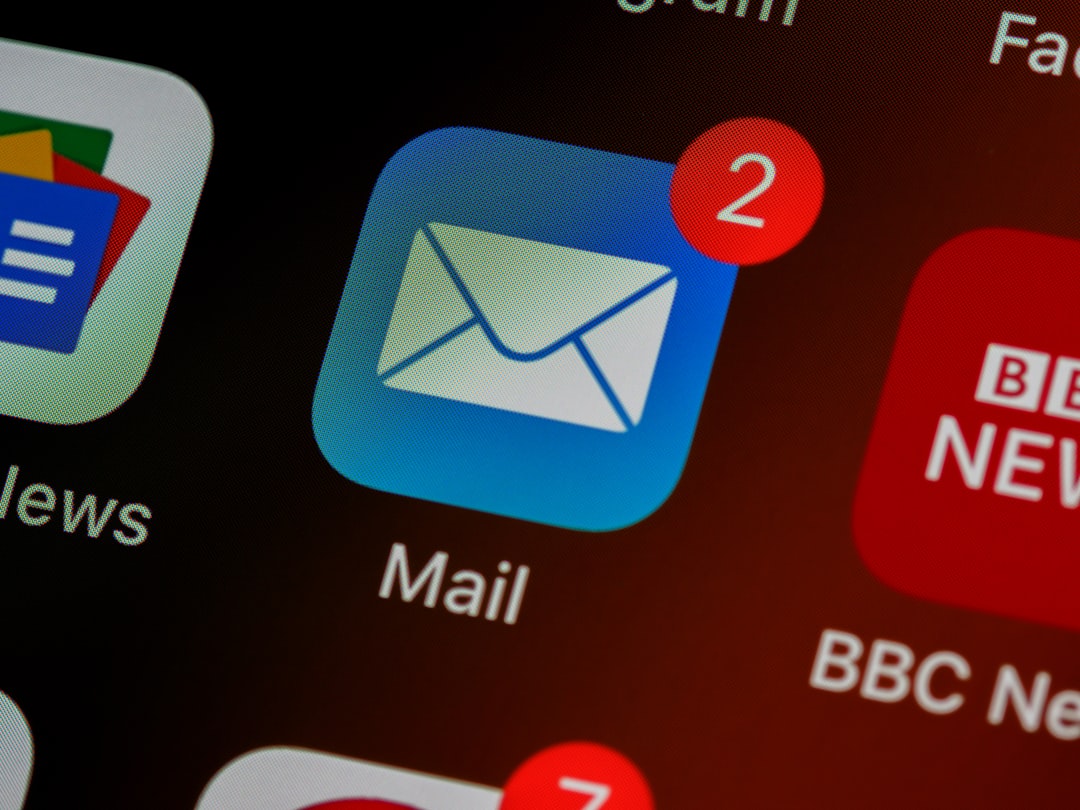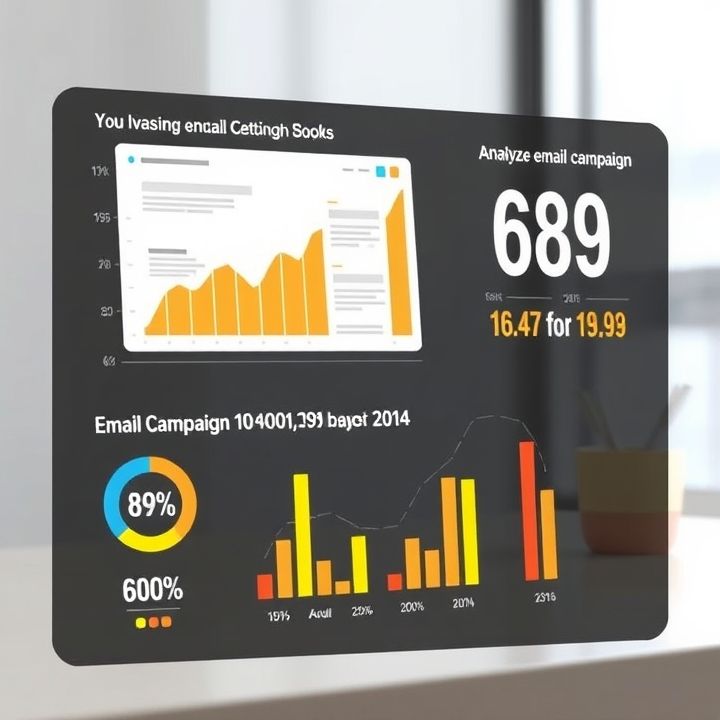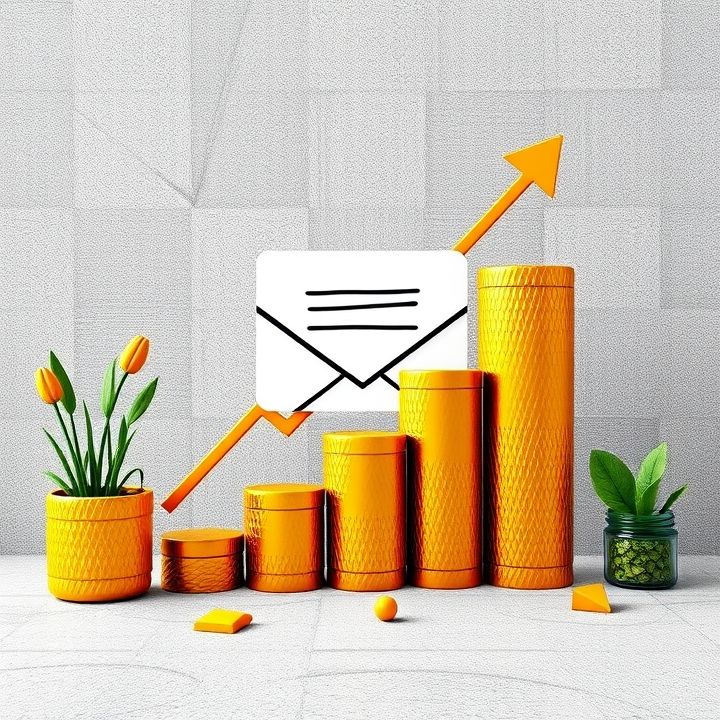Table of Contents
- Introduction
- Understanding Customer Retention and Loyalty Programs
- Integrating Email Marketing with Loyalty Initiatives
- Personalization Strategies in Email Campaigns
- Segmenting Your Email List for Maximum Impact
- Designing Compelling Loyalty Reward Emails
- Utilizing Triggered Emails for Engagement
- Analyzing Email Metrics to Improve Retention
- Best Practices for Maintaining Customer Relationships
- Conclusion
- Frequently Asked Questions
Introduction
Have you ever wondered how to elevate your email marketing strategy to cultivate unwavering customer loyalty? If you feel like your newsletters are being lost in the digital sea, it’s time to revolutionize your approach. In this article, we’ll delve into cutting-edge methods to invigorate your email marketing efforts and transform passive subscribers into devoted brand advocates.
Before we dive into actionable strategies, let’s explore what makes email marketing a powerful tool in building customer loyalty. Consider the following aspects that define a successful email campaign:
| Aspect | Importance |
|---|---|
| Personalization | Creating relevant content tailored to individual interests |
| Consistency | Maintaining regular communication to stay top-of-mind |
| Engagement | Ensuring interactive content to involve readers |
By recognizing these elements, you can craft an email marketing strategy that not only captivates but also retains your audience. Keep reading to uncover the secrets behind a flourishing email marketing approach that guarantees results!
Understanding Customer Retention and Loyalty Programs
Customer retention and loyalty programs play a crucial role in enhancing the long-term success of any business. Retention refers to the strategies aimed at keeping existing customers engaged and encourages them to continue purchasing products or services. These efforts not only focus on customer satisfaction but also on building strong relationships that foster trust and reliability.
Loyalty programs are a specific type of retention strategy designed to reward repeat customers, offering them incentives such as discounts, exclusive offers, or points that can be redeemed for future purchases. These programs are structured to enhance customer experience, making customers feel valued and appreciated, which in turn encourages ongoing engagement.
Understanding the dynamics of these programs is essential for businesses aiming to reduce churn rates and increase customer lifetime value. Effective loyalty programs are personalized, easy to use, and aligned with customer interests and preferences, ensuring that the benefits resonate with the audience. Additionally, leveraging data analytics can provide insights into customer behaviors and preferences, enabling businesses to tailor their retention strategies more effectively.
Integrating Email Marketing with Loyalty Initiatives
Email marketing plays a pivotal role in successfully integrating loyalty initiatives by serving as a direct line of communication with your customers. By staying top-of-mind, businesses can utilize personalized email campaigns that highlight exclusive rewards, special offers, and program updates to engage and retain loyal customers. For example, sending tailored emails based on purchase history can introduce customers to new products or replenishment reminders, thereby enhancing their shopping experience.
Another effective tactic is using email marketing to gather feedback through surveys, which helps in refining loyalty programs according to customer preferences. Furthermore, incorporating triggered emails that celebrate milestones like anniversaries or birthdays with additional points or discounts can elevate customer satisfaction and strengthen loyalty. By segmenting your email list, messages can be better targeted, ensuring that communications are relevant and enhance the overall customer journey.
Measuring the success of these initiatives is also crucial, with email analytics providing insights into open rates, click-through patterns, and conversion metrics. By refining campaigns based on performance data, businesses can continuously improve their strategies to foster a loyal customer base, proving that email marketing is an indispensable tool in loyalty program integration.
Personalization Strategies in Email Campaigns
Personalization in email marketing is a powerful strategy that can significantly enhance customer retention and loyalty. By tailoring content to align with individual preferences and behavior, businesses can create more engaging and relevant customer experiences. One effective approach is using data-driven insights to segment the audience based on factors such as purchase history, demographics, or engagement levels. This allows marketers to send targeted emails that resonate with each segment’s unique needs and interests.
Dynamic content, another key personalization strategy, enables the customization of email components such as subject lines, messaging, or images based on the recipient’s past interactions or preferences. Furthermore, leveraging customer names and personalized product recommendations can make emails feel more direct and thoughtful, increasing the likelihood of engagement and conversion.
To optimize these strategies, A/B testing different personalized elements can reveal what resonates most with the audience, allowing for continuous refinement and improvement. Ultimately, personalized email campaigns foster a deeper connection with customers, encouraging them to return and remain loyal to the brand.
Segmenting Your Email List for Maximum Impact
Segmenting your email list is crucial for maximizing the impact of your email marketing campaigns. By dividing your subscribers into smaller, more targeted groups based on specific criteria, you can craft personalized and relevant messages that resonate with each segment. This targeted approach not only increases engagement rates but also enhances customer satisfaction and loyalty.
One effective way to segment your email list is by analyzing customer behavior. This includes monitoring purchase history, website activity, and interaction with previous emails. Understanding these data points allows you to tailor your messages to meet the specific interests and needs of each group.
Demographic segmentation is another powerful strategy, where you group subscribers by age, gender, location, or income level. This helps in sending location-specific offers or age-appropriate content, ensuring that your message aligns with the recipients’ preferences.
Furthermore, consider using psychographic segmentation, which involves categorizing customers based on their lifestyle, values, or personality traits. This deep understanding enables you to connect on a more personal level, fostering a stronger emotional bond with your audience.
Incorporating segmentation into your email marketing strategy not only increases relevancy and open rates but also strengthens customer retention and loyalty.
Designing Compelling Loyalty Reward Emails
Designing compelling loyalty reward emails is crucial for enhancing customer retention and strengthening loyalty programs. The first step in crafting an effective email is to ensure it captures attention immediately. Utilize engaging subject lines that tease the benefit awaiting within the email, such as exclusive discounts or early access to products. Personalization is key; addressing the recipient by name and tailoring recommendations based on their purchase history can significantly increase engagement.
Visual elements must not be overlooked; incorporating clear and appealing graphics helps highlight the rewards and makes the email visually enticing. Outlining concise, actionable steps for redeeming rewards ensures that the process is seamless for the customer. Including a sense of urgency by mentioning a limited-time offer can create an impetus for quick action. Furthermore, showcasing stories or testimonials from satisfied customers can lend authenticity and encourage others to participate.
It is also essential to make the email mobile-friendly as a large percentage of emails are viewed on mobile devices. Testing your emails across different platforms ensures they render correctly, maintaining the professional look and feel. By focusing on these aspects, businesses can craft compelling loyalty reward emails that enhance customer experience and foster long-term relationships.
Utilizing Triggered Emails for Engagement
Utilizing triggered emails can significantly enhance customer engagement by providing timely and relevant content. Triggered emails are automated messages sent in response to specific customer actions, such as making a purchase, abandoning a cart, or signing up for a service. These emails play a critical role in nurturing customer relationships and can significantly contribute to customer retention and loyalty.
By sending triggered emails, businesses can ensure that their communications are personalized and relevant, which helps to build a stronger connection with the audience. For example, a welcome email can be triggered when a customer first signs up, providing them with valuable information about products or services and encouraging further engagement. Similarly, a follow-up email after a purchase can invite feedback or suggest related products, keeping the customer engaged with the brand.
Triggered emails also benefit from high open rates because they are anticipated communications that are pertinent to the recipient’s recent actions. By focusing on the customer journey and sending tailored messages at the right time, businesses can harness the power of email marketing to foster long-term loyalty and encourage repeat business.
Analyzing Email Metrics to Improve Retention
Analyzing email metrics is crucial for improving customer retention and enhancing loyalty programs. The data collected from email campaigns can provide valuable insights into customer behavior and preferences. Key metrics to focus on include the open rate, click-through rate, conversion rate, and unsubscribe rate. Open rate indicates how many recipients are actively engaging with your emails, while click-through rate reveals how effective your content is at prompting further action.
Conversion rate is perhaps the most telling metric, as it shows how many recipients actually follow through with a desired action, such as making a purchase or signing up for a service. Monitoring the unsubscribe rate is also important, as a high rate can indicate dissatisfaction or irrelevant content being delivered to your audience. By regularly analyzing these metrics, businesses can tailor their email content to better meet the needs and interests of their customers, thereby increasing the likelihood of retention.
Moreover, segmenting your audience based on these metrics allows for more personalized and relevant communication, further boosting customer loyalty. Ultimately, understanding and leveraging email metrics empowers a business to refine its email marketing strategy, ensuring that efforts are directly supporting customer retention and loyalty objectives.
Best Practices for Maintaining Customer Relationships
Maintaining strong customer relationships is crucial for business success and can be effectively achieved through strategic email marketing. Begin by personalizing your emails to create a meaningful connection with your customers. This can be done by addressing them by their names and sending tailored content based on their past interactions and preferences.
Regularly engage with your customers by sending newsletters that offer value, such as exclusive deals, informative content, or updates about new products or services. Consistency helps keep your brand top-of-mind without overwhelming recipients with too frequent communications.
Segment your email lists to ensure relevant content reaches the right audience. By categorizing customers based on their purchase history, preferences, or demographics, you can send more targeted messages that resonate with them and foster loyalty.
Feedback is a vital tool in refining your relationship with customers. Encourage them to share their opinions through surveys or reviews. This not only shows you value their input but also provides insights into how you can better meet their needs.
Finally, reward loyal customers through special offers or loyalty programs exclusive to them. Acknowledging their support with tangible benefits strengthens the relationship and reinforces their connection to your brand.
Conclusion
In conclusion, transforming your email marketing strategy is fundamental in cultivating unbeatable customer loyalty. By integrating loyalty programs with personalized and segmented email campaigns, businesses can significantly improve their retention rates. Tactics such as designing compelling reward emails, utilizing triggered emails, and analyzing critical metrics ensure that communications are not only relevant but also engaging for each recipient.
Moreover, feedback loops and best practices for maintaining customer relationships further support a nurturing environment where customers feel valued and involved. Understanding the intricacies of how these components interact allows businesses to craft a cohesive and effective strategy that keeps their brand top-of-mind while offering tangible benefits to loyal customers.
Thus, by leveraging the full potential of strategic email marketing, businesses not only enhance customer satisfaction but also secure long-term loyalty, ultimately driving sustained success.
